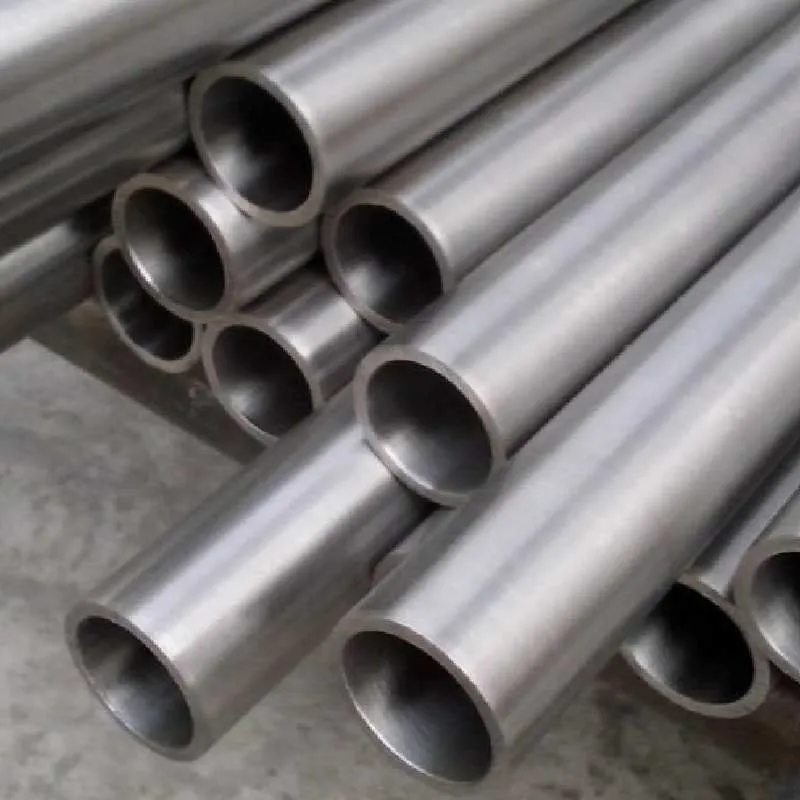-
Cangzhou Yulong Steel Co., Ltd.
-
Phone:
+86 13303177267 -
Email:
admin@ylsteelfittings.com
- English
- Arabic
- Italian
- Spanish
- Portuguese
- German
- kazakh
- Persian
- Greek
- French
- Russian
- Polish
- Thai
- Indonesian
- Vietnamese
- Zulu
- Korean
- Uzbek
- Hindi
- Serbian
- Malay
- Ukrainian
- Gujarati
- Haitian Creole
- hausa
- hawaiian
- Hebrew
- Miao
- Hungarian
- Icelandic
- igbo
- irish
- Japanese
- Javanese
- Kannada
- Khmer
- Rwandese
- Afrikaans
- Albanian
- Amharic
- Armenian
- Azerbaijani
- Basque
- Belarusian
- Bengali
- Bosnian
- Bulgarian
- Catalan
- Cebuano
- China
- China (Taiwan)
- Corsican
- Croatian
- Czech
- Danish
- Esperanto
- Estonian
- Finnish
- Frisian
- Galician
- Georgian
- Kurdish
- Kyrgyz
- Lao
- Latin
- Latvian
- Lithuanian
- Luxembourgish
- Macedonian
- Malgashi
- Malayalam
- Maltese
- Maori
- Marathi
- Mongolian
- Myanmar
- Nepali
- Norwegian
- Norwegian
- Occitan
- Pashto
- Dutch
- Punjabi
- Romanian
- Samoan
- Scottish Gaelic
- Sesotho
- Shona
- Sindhi
- Sinhala
- Slovak
- Slovenian
- Somali
- Sundanese
- Swahili
- Swedish
- Tagalog
- Tajik
- Tamil
- Tatar
- Telugu
- Turkish
- Turkmen
- Urdu
- Uighur
- Welsh
- Bantu
- Yiddish
- Yoruba

Dec . 04, 2024 21:29 Back to list
astm a333
Understanding ASTM A333 Essential Insights into Low-Temperature Steel Piping
In the realm of construction and engineering, the choice of materials is critical for ensuring safety, performance, and longevity. Among the various standards governing material specifications, ASTM A333 has carved a niche for itself, particularly in applications that require the use of low-temperature piping. This article delves into the nuances of ASTM A333, its specifications, applications, and significance in the industry.
Overview of ASTM A333
ASTM A333 is a standard specification developed by ASTM International for seamless and welded steel pipe intended for use at low temperatures. This standard primarily applies to several grades of carbon and alloy steel pipes, which are designed to maintain their strength and tensile properties even in cryogenic conditions. The standard was first established in 1964 and has since undergone revisions to enhance its applicability and reliability in various industrial sectors.
Grades and Specifications
ASTM A333 encompasses numerous grades, the most commonly utilized being Grades 1, 3, 4, 6, 7, and 8, each with specific chemical and mechanical property requirements. These grades are categorized based on their yield strength, minimum tensile strength, and impact testing criteria at designated temperatures. For instance
- Grade 1 This grade features a yield strength of 30,000 psi (207 MPa) minimum and is commonly used for low-pressure applications. - Grade 6 With a yield strength of 60,000 psi (414 MPa), Grade 6 is often used in cryogenic and low-temperature environments, showcasing excellent toughness and weldability.
The specification also mandates rigorous testing protocols to ensure that the materials meet the necessary mechanical properties even at temperatures as low as -50°F (-45.6°C). This resilience is crucial for industries that operate in extreme environments, such as the oil and gas sector.
Importance in Industry
astm a333

The primary utility of ASTM A333 pipes lies in their application in low-temperature services, particularly in the oil and gas, petrochemical, and power generation industries. These pipes are often utilized in the transportation of gas, oil, and other fluids that require secure containment in harsh conditions.
In cryogenic applications, materials must not only withstand low temperatures but also exhibit resilience against brittle failure. Materials such as those specified under ASTM A333 are engineered to prevent such failures, ensuring that infrastructure remains intact and functional.
Moreover, the reliability of ASTM A333-compliant pipes contributes significantly to safety measures during operation. The standard's comprehensive testing and material requirements ensure that these pipes can handle the stress and strain associated with low-temperature environments, thereby reducing the risk of catastrophic failures.
Manufacturing and Quality Control
The production of ASTM A333 pipes adheres to strict manufacturing guidelines that require the use of high-quality raw materials. The pipes can be produced through both seamless and welded processes, depending on the specified grade and application requirements. Manufacturers must conduct various tests—such as tensile tests, impact tests, and hydrostatic tests—to ascertain that the pipes meet the specified requirements.
Moreover, the quality control process extends beyond production; ongoing inspections during storage and before installation are crucial in maintaining the integrity of the pipes. This rigorous approach ensures that only the best materials are used in installations, further solidifying the reliability of systems that use ASTM A333 pipes.
Conclusion
In conclusion, ASTM A333 represents a critical standard in the construction and engineering sectors, providing guidelines for the manufacture of low-temperature steel piping that is essential for various industrial applications. Understanding the specifications, grades, and testing requirements of ASTM A333 is paramount for engineers and manufacturers alike, ensuring that they select the right materials for projects that demand durability and safety in harsh conditions. As industrial demands evolve, the continuous refinement of standards like ASTM A333 will play a vital role in modern engineering, helping to foster innovation while upholding safety and performance.
Latest news
-
ANSI 150P SS304 SO FLANGE
NewsFeb.14,2025
-
ASTM A333GR6 STEEL PIPE
NewsJan.20,2025
-
ANSI B16.5 WELDING NECK FLANGE
NewsJan.15,2026
-
ANSI B16.5 SLIP-ON FLANGE
NewsApr.19,2024
-
SABS 1123 FLANGE
NewsJan.15,2025
-
DIN86044 PLATE FLANGE
NewsApr.19,2024
-
DIN2527 BLIND FLANGE
NewsApr.12,2024
-
JIS B2311 Butt-Welding Fittings LR/SR 45°/90° /180°Seamless/Weld
NewsApr.23,2024











